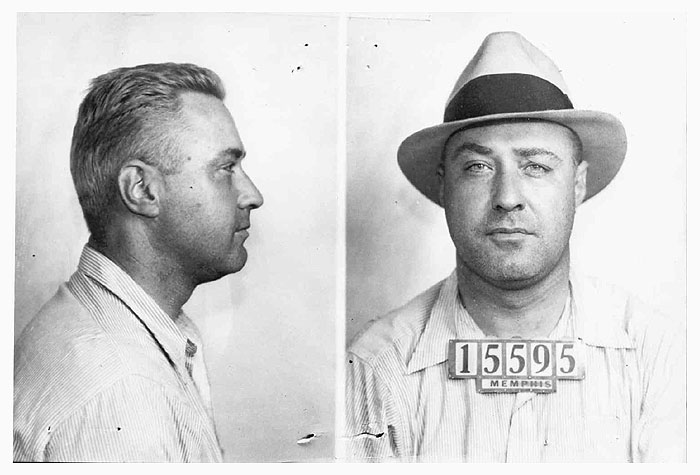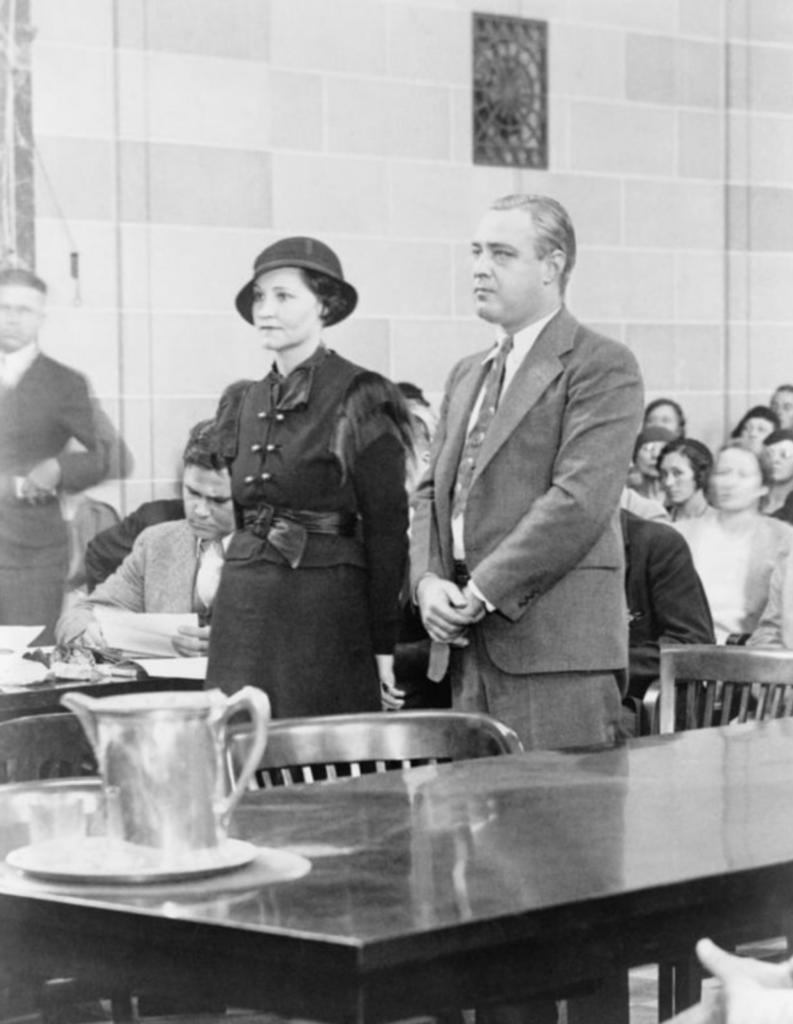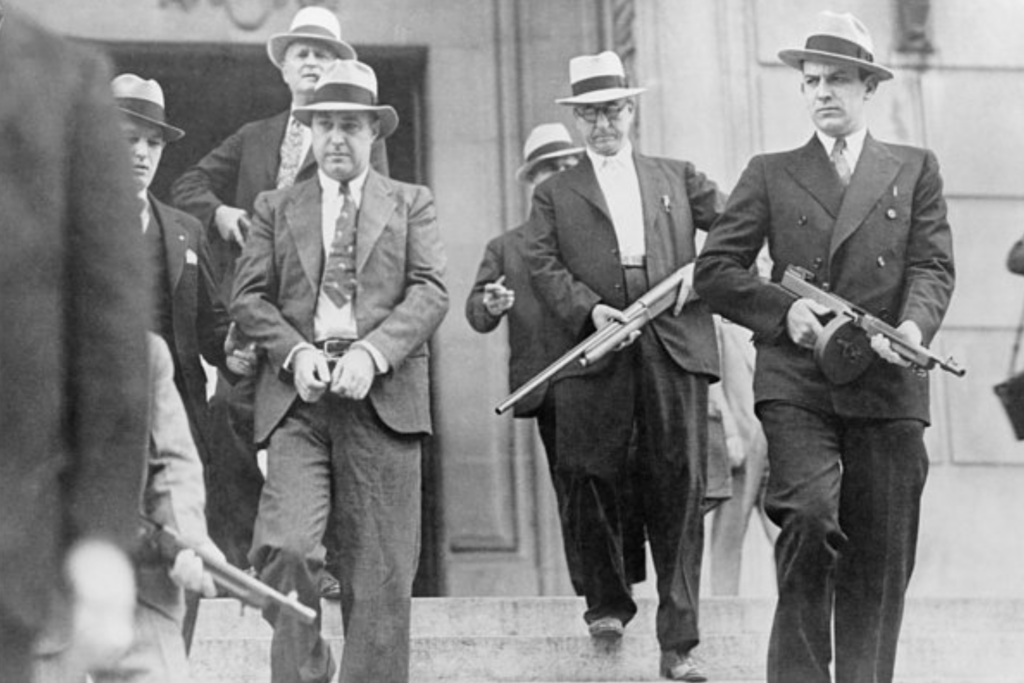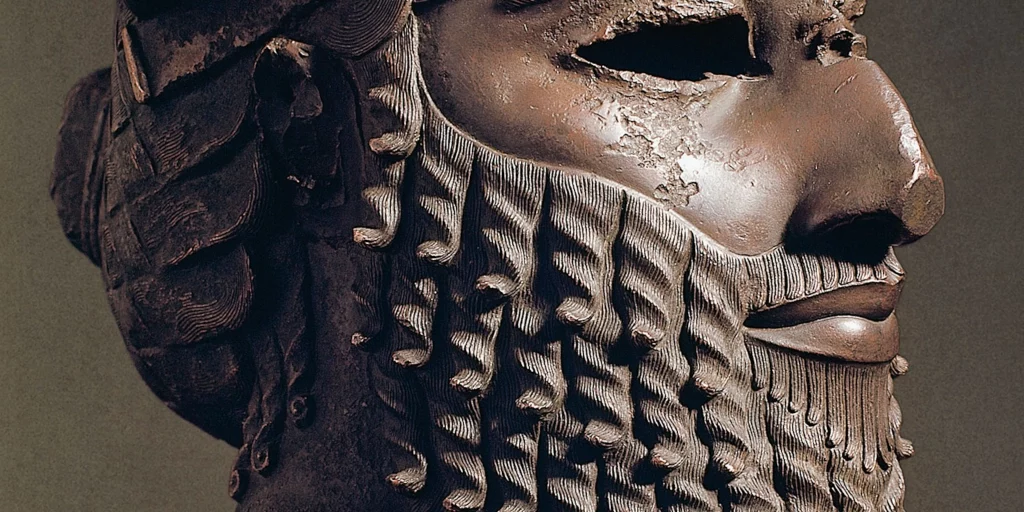For a brief period of time in American history, kidnapping for ransom was an epidemic that terrified families all across the country.
It started with the tragic, high-profile kidnapping and death of the Lindbergh baby. This “snatch-racket” had wealthy families purchasing kidnapping insurance and sending their children away to school in order to protect them.
But who exactly were these kidnappers? One that almost everyone has heard of is Machine Gun Kelly.
Machine Gun Kelly was a notorious American kidnapper and gangster who operated during the Prohibition era. He took his name from the high-powered machine gun that he carried.
Although Kelly got his start as a bootlegger, the staggering amount of money he was able to make kidnapping for ransom quickly changed him from a small-time outlaw to a major criminal. Here we will explore his life, crimes, and the kidnapping that would send him away for life.

Early Life and Criminal Beginnings
Before he became infamous, Machine Gun Kelly was simply known as George Kelly Barnes. He was born in 1895 in Memphis, Tennessee, and would have a relatively normal childhood and early adult life.
After finishing high school, he enrolled in university intending to graduate with a degree in agriculture. Instead, Kelly soon revealed himself to be an abysmal student, regularly getting in trouble with the staff and scoring low.
After his short stint at university, Kelly dropped out with the intent of marrying a woman named Geneva Ramsey. Their relationship was a whirlwind romance, and the couple would have two children together.
Kelly tried to make ends meet doing legitimate jobs, working as a cab driver in Memphis to try to support his rapidly growing family. But just like his time in university, the pressure proved to be too much and Kelly soon found himself estranged from his wife at just 19 years old.
The Start of a Criminal Career
After leaving Geneva, Kelly had to figure out how to make a living. In 1920s America, Prohibition was going strong and there were plenty of opportunities for bootleggers to make money.
Associating himself with local gangsters, Kelly threw himself into the bootlegging game full force. For the first time in his life, he started to make decent money.
But with crime came arrests. Kelly was never kept behind bars long, but he eventually grew tired of being caught in Memphis and decided to move elsewhere.
As we mentioned earlier, Machine Gun Kelly’s real name was Geroge Kelly Barnes. When he decided to leave Memphis, he changed his name to George R. Kelly to separate himself from his family and protect them from the repercussions of his criminal activity.
Kelly went west and continued his bootlegging activity there. In 1928 he was arrested for bringing liquor onto a Native American Reservation. He was sentenced to three years in prison to be served in Leavenworth Penitentiary in Kansas.
Unlike his bad showing in university, Kelly was a model prisoner and was released early. Once he was free, Kelly knew it was time to up the ante if he wanted to start making some real cash.
Kathryn Thorne and Becoming Machine Gun Kelly
After Leavenworth, Kelly migrated out to Oklahoma, committing small crimes along the way. Eventually, he joined forces with another bootlegger named Steve Anderson. While Anderson wouldn’t play much of a role in Kelly’s life, his beautiful mistress, Kathryn Throne, most certainly would.
Kelly and Thorne fell for each other quickly. They left Anderson in the dust as they started their own criminal empire consisting of just the two of them.
Kathryn Thorne was the darling daughter of a family of outlaws and a successful criminal all on her own. This made her the perfect match for Kelly.

How Did Machine Gun Kelly Get His Name?
Kathryn’s biggest contribution to Kelly was her expert marketing of her husband. She gave him his first machine gun, urging him to practice in his spare time to become familiar with the weapon.
After the two married, she would refer to her husband as “Machine Gun Kelly” to everyone who would listen. She even went as far as passing out spent machine gun cartridges as souvenirs to increase Kelly’s notoriety.
With Kathryn as the brain and Kelly as the brawn, the couple would commit a few smaller bank robberies–but more lucrative criminal work was on the horizon.
The Kidnapping of Howard Arthur Woolverton and Charles F. Urschel
By 1933, the FBI was on the trail of ‘machine gun expert’ Machine Gun Kelly.
Meanwhile, Kelly and Kathryn were planning a kidnapping that would earn them more money than ever before. A year earlier, the couple had partnered with gangster Eddie Doll to kidnap wealthy manufacturer and banker Howard Arthur Woolverton, which would be resolved within 24 hours.
Woolverton paid his own ransom, which had begun at $50,000 but negotiated down to $8,000. He was released safely. No one was arrested for the kidnapping, giving the Kelly’s a false sense of security.

With this success under their belt, Machine Gun Kelly and his wife planned to kidnap American oil business tycoon Charles Urschel.
On July 22, 1933, Urschel and his friend Walter Jarrett were forced into the back of Kelly’s Chevrolet. They were driven to the farm of Kathryn Kelly’s mother. Before they arrived, Jarrett, the less valuable of the two, was let go.
Urschel was held for a week before his ransom was paid and he was released. At first, the Kelly’s were sure that they had pulled off another successful kidnapping.
But what they didn’t count on was Urschel’s incredible memory, despite being blindfolded. He was able to recall an amazing amount of details about his captors and where he was held, and this helped the FBI track down Machine Gun Kelly and his wife.
Arrest and Imprisonment
Machine Gun Kelly and his wife were living in Memphis when, on September 26, 1933, Memphis police and the FBI raided their residence, arresting the couple.
Both were tried for the kidnapping of Charles Urschel and sentenced to life in prison. The Kelly’s had the unfortunate honor of being the first major kidnapping trial to occur after the passage of the Lindbergh law, which made kidnapping a federal crime with much harsher consequences.
Machine Gun Kelly would spend the rest of his 21 years of life behind bars before dying of a heart attack on July 18, 1954.
References
“George ‘Machine Gun’ Kelly”
https://www.alcatrazhistory.com/mgk.htm
“George ‘Machine Gun’ Kelly”

